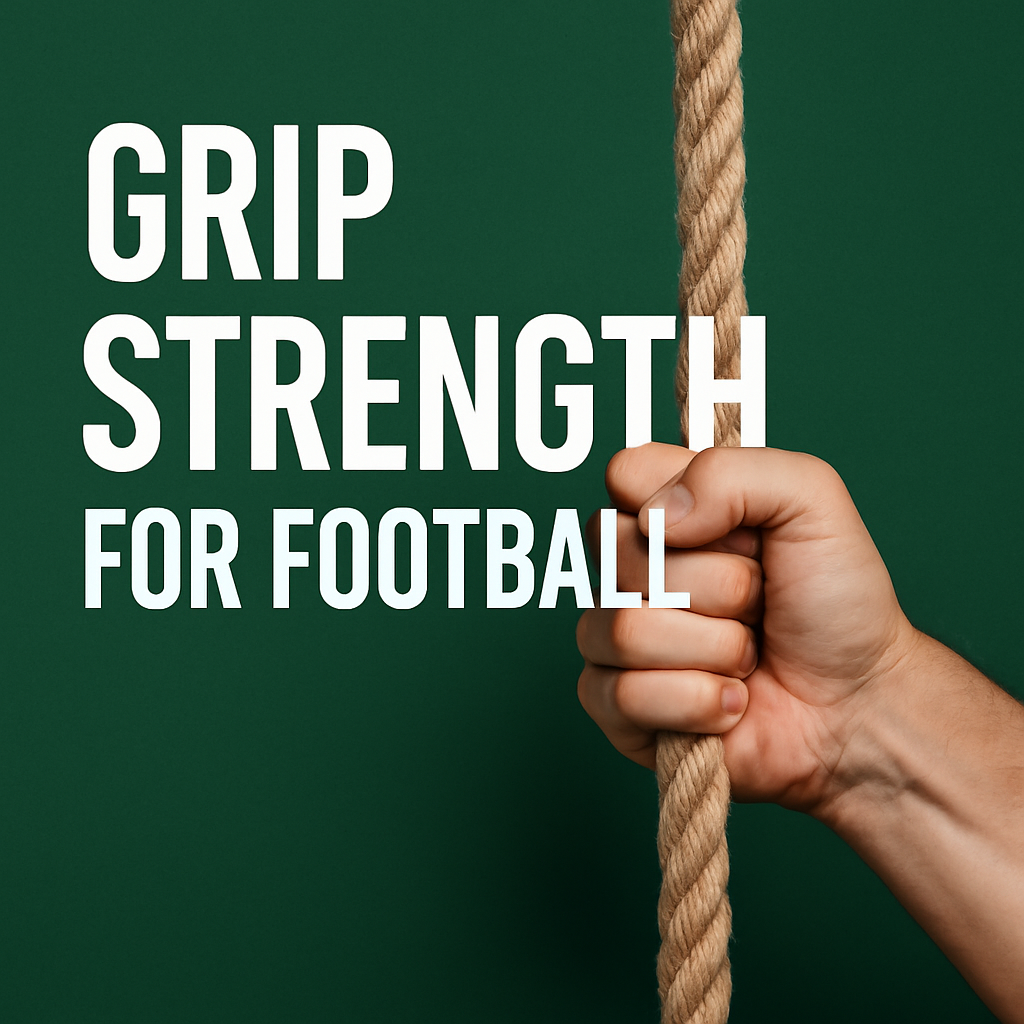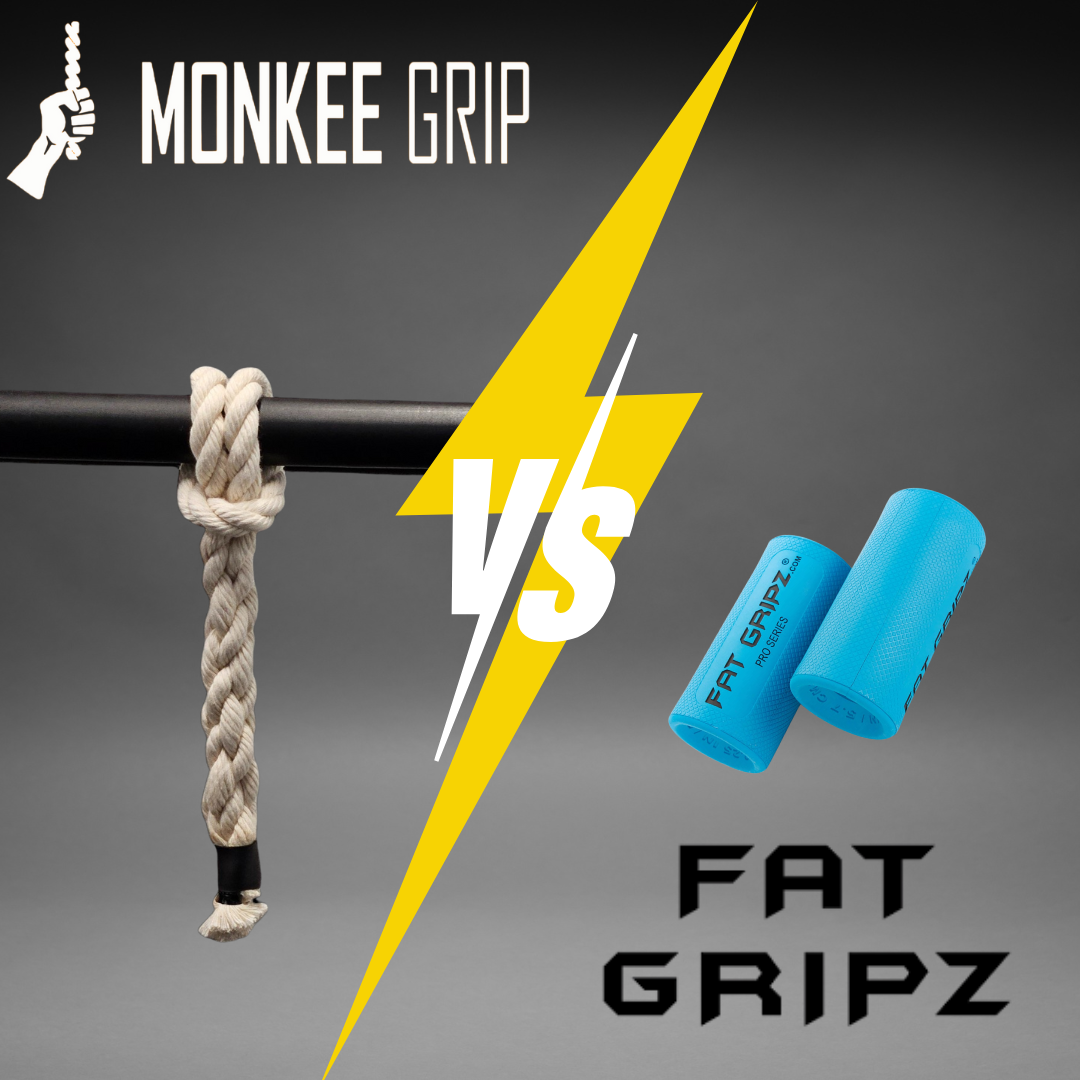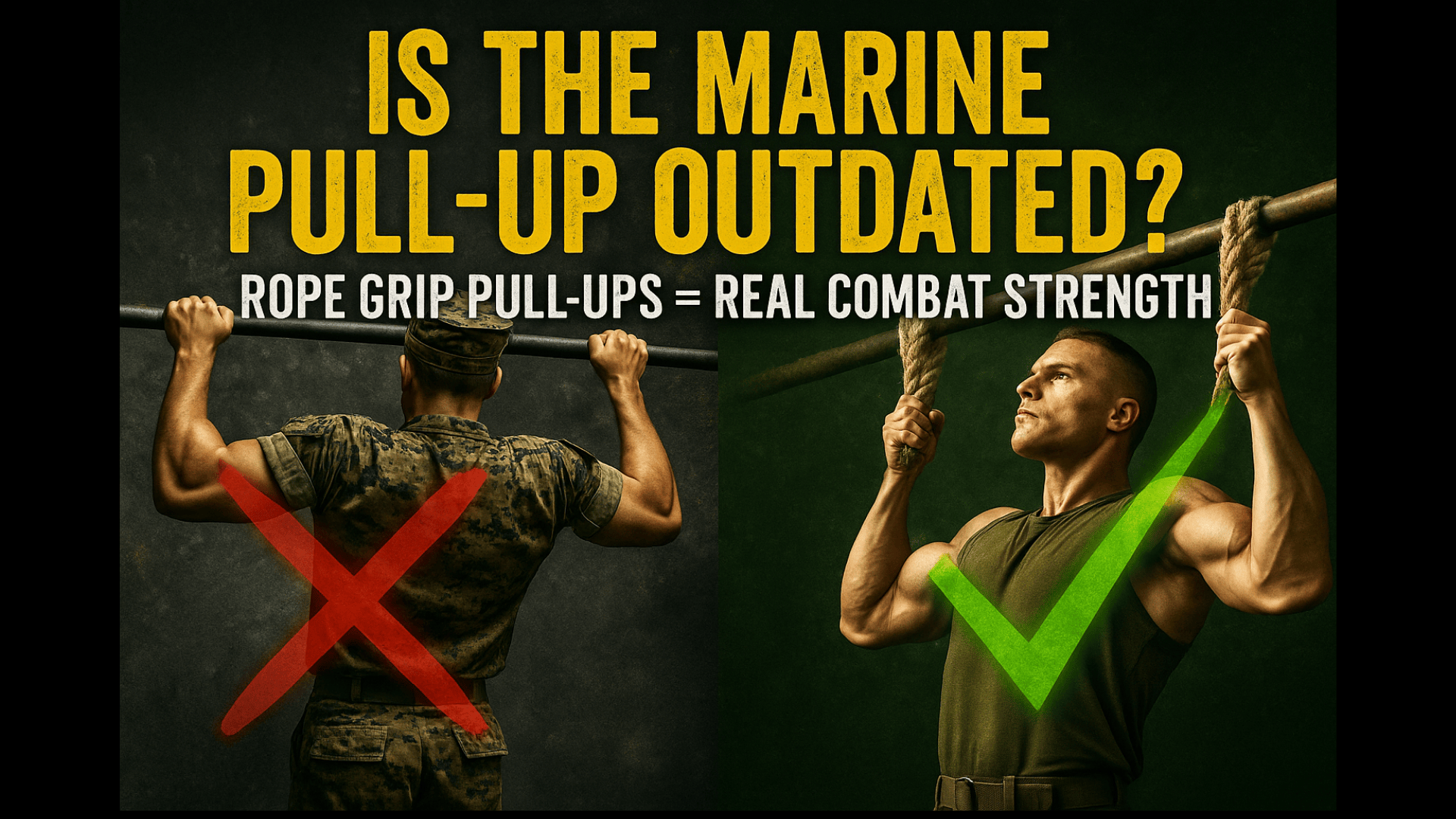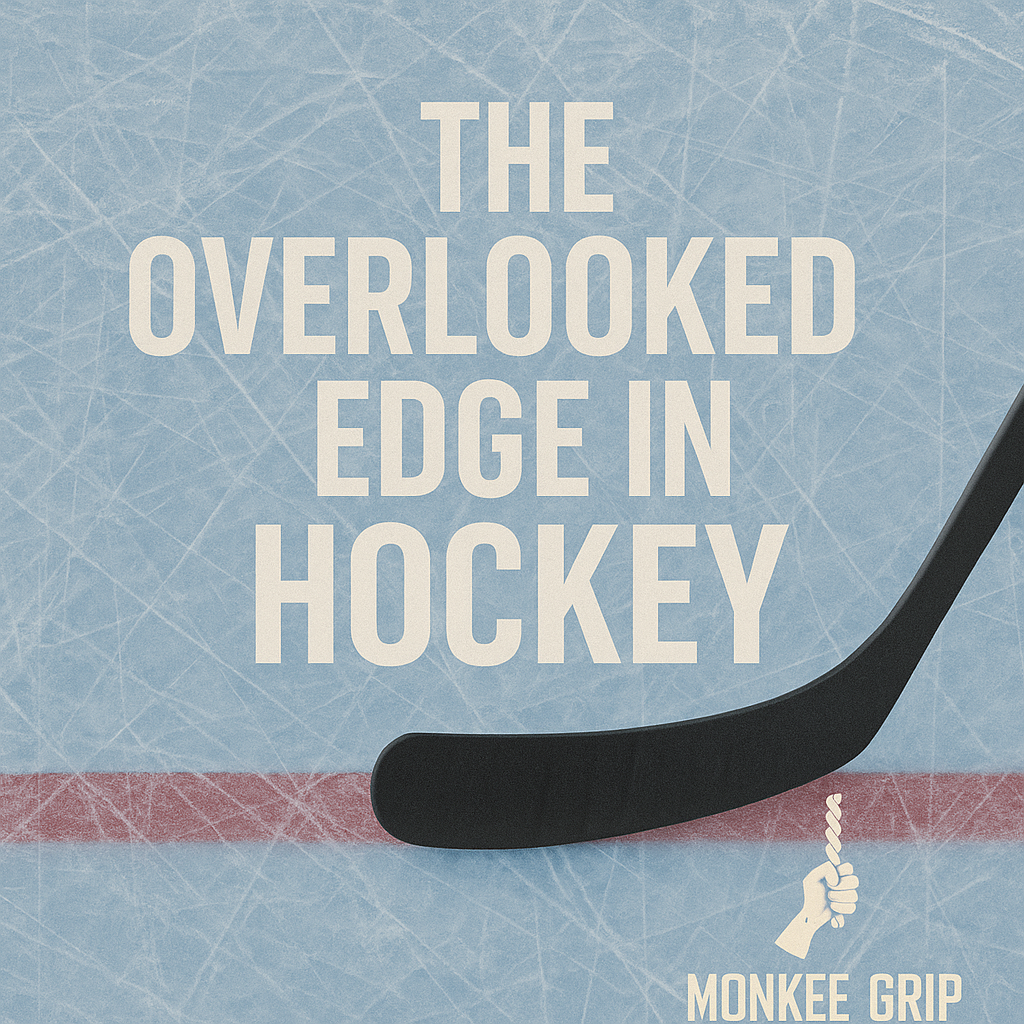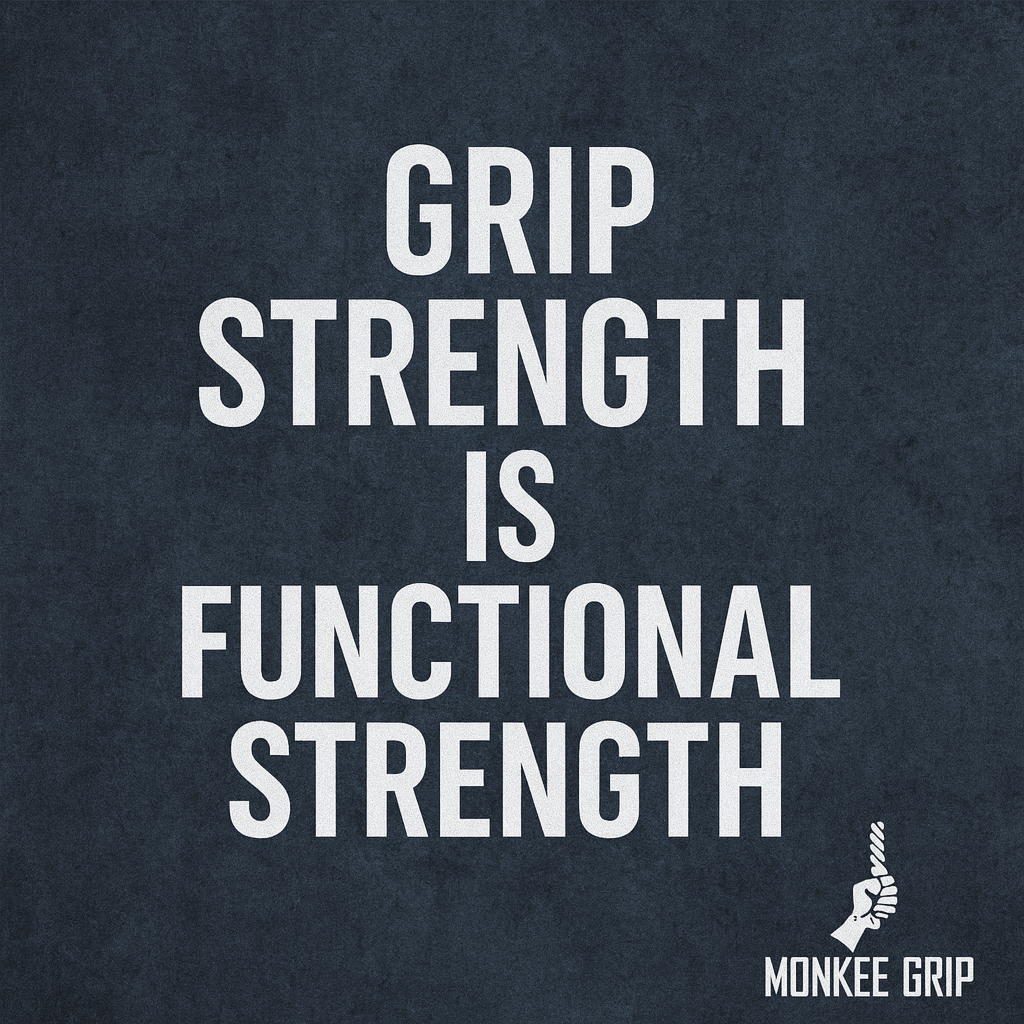Pickleball Grip Strength: The Key to Better Paddle Control and Endurance
Pickleball Grip Strength: The Key to Better Paddle Control and Endurance
Improving your pickleball grip strength is one of the smartest ways to elevate your game. A stronger grip translates into improved paddle control, more precise shots, and greater stamina on the court. Whether you’re an amateur player or competing in tournaments, building forearm and hand strength can give you an edge in long rallies and intense matches. In this post, we’ll explore why grip strength matters and how incorporating rope-style Monkee Grips into your cross-training can boost your performance.
Why Grip Strength Matters in Pickleball
Grip strength is the hidden foundation of many pickleball skills. In fast exchanges at the net or during powerful drives, your ability to firmly hold and maneuver the paddle can determine the outcome of crucial pointsworldpickleballmagazine.comworldpickleballmagazine.com. A solid grip keeps your paddle face stable, enabling you to direct the ball accurately. In fact, coaches note that forearm and hand strength contribute to paddle stability, shot consistency on dinks and volleys, and even quicker recovery after hard shotsworldpickleballmagazine.com.
Just as importantly, a stronger grip helps you last longer without fatigue. Players with weak grips often feel their hand and wrist tiring in long rally sequences or towards the end of a match. By contrast, a conditioned grip can maintain form and control even deep into a 60- or 90-minute sessionworldpickleballmagazine.com. Think of it like holding a heavy grocery bag – if your grip is strong, you can carry it farther without your hand cramping or slipping. On the court, that means your soft dink at the end of game three will be as steady as it was in the first game.
Stronger Grip, Better Paddle Control and Precision
When your grip strength improves, so does your finesse with the paddle. A firm but flexible hold lets you steer the ball with precision, much like having good traction on your car’s tires allows better control on curves. With a weak grip, the paddle face might wobble or twist, leading to mishits or shots that sail off target. A strong grip acts as a stabilizer – for example, on a delicate dink or drop shot, you can ease up on power without losing control because your hand isn’t trembling. UK coaches have observed that a stronger grip reduces wrist wobble on touch shots, resulting in more consistent dinks under pressureworldpickleballmagazine.com.
Grip strength also boosts your confidence to execute different shots. If you’ve ever hesitated on a fast volley because you feared the paddle might be knocked back, strengthening your grip can eliminate that doubt. You’ll feel more secure blocking a hard drive or punching a volley, knowing your paddle won’t twist in your hand. In short, improve paddle control by building a stronger grip, and you’ll be able to place the ball on a dime and react faster during quick exchanges.
Endurance and Injury Prevention Through Grip Training
A powerful grip doesn’t just help with individual shots – it also protects you over the course of long matches. As rallies stretch on, players with better grip endurance can maintain their stroke mechanics without their hand tiring. This means fewer unforced errors late in games and less risk of dropping your paddle or losing focus due to fatigue. Strengthening the muscles in your fingers, hand, and forearm is like training your core for stability: it keeps you solid and efficient even when you’re tired. According to experts, a robust grip leads to reduced wrist and forearm fatigue, which is essential for keeping your form in marathon matchesworldpickleballmagazine.com.
Additionally, grip training can make play more joint-friendly by balancing the muscles around the wrist and elbow. Many pickleball players struggle with tennis elbow or wrist pain from repetitive swings. By exercising your gripping muscles (as well as the opposing muscles that open your hand), you add support to those joints and can ward off common injuries. It’s similar to how strengthening your leg muscles helps protect your knees – a strong grip helps stabilize and protect the smaller joints in your wrists and elbows during play.
Cross-Training for Pickleball: Using Monkee Grips Rope Handles
One of the best grip tools for pickleball players looking to cross-train is the Monkee Grips rope handle. Monkee Grips are a pair of thick rope-like handles that you can attach to dumbbells, kettlebells, pull-up bars, or cable machines. By performing your usual exercises (like bicep curls, deadlifts, or pull-ups) while holding these rope grips, you add a whole new challenge for your hands and forearms. These portable rope grips engage all the muscles in your forearm, unlike a regular fixed handle, enhancing your strength, endurance, and forearm development. In other words, you’re not just lifting the weight – you’re also fighting to keep hold of the rope, which builds crushing grip power.
How do rope-style grips mimic the challenges of holding a pickleball paddle? Think about how a pickleball paddle can jolt or twist in your hand when you hit a fast ball off-center. Similarly, a moving rope will try to slip out of your grasp if you don’t hold it tight. Training with Monkee Grips is like practicing those paddle stresses in a controlled way. For example, doing a pull-up while clutching thick rope handles forces you to squeeze harder and stabilize more than you would on a metal bar. This develops the same muscles you use to stabilize your paddle during a tough volley exchange or a hard serve. Users find it to be “a true test of grip strength” – much tougher than normal bars – but that challenge is exactly what translates to a stronger hold on your paddle during real games. (Image: Rope-style Monkee Grips attached to kettlebells provide a serious grip workout.)
Another advantage is that Monkee Grips promote functional, joint-friendly training. Because the ropes can rotate and move slightly in your hands, your wrists aren’t locked in an awkward position. You can maintain a natural hand angle, which puts less strain on your wrists, elbows, and shoulders during exercise. It’s a bit like the difference between gripping a rigid iron bar versus a thick piece of rope – the rope gives a little, allowing your joints to find a comfortable alignment. This means you can train your grip hard without aggravating your joints. Many athletes use rope grips as a safer way to build strength, since the dynamic grip motion recruits stabilizer muscles and reduces the chance of overuse injuries. Over time, this kind of training toughens your hands and forearms in a joint-friendly way, preparing you for the demands of pickleball without the wear-and-tear of heavier gym equipment.
Practical Tips to Build Grip Strength (Off the Court)
Cross-training your grip doesn’t require a ton of extra time – you can integrate it into workouts you’re already doing. Here are a few tips to get the most out of your grip training for pickleball:
-
Start Small, Then Increase Load: If you’re new to grip exercises, begin with short sets. For instance, hang from a pull-up bar (or hold a Monkee rope grip attached to a bar) for as long as comfortable, a few times a week. Gradually increase your hang time or the weight you’re holding. Consistency is key; even a few minutes of grip work each session will add up to noticeable gains.
-
Use Tools Like Monkee Grips for Variety: Simple squeeze balls or spring hand grippers are good, but rope grips add variety and intensity to your routine. You can do farmer’s carries holding the rope grips attached to dumbbells, or attach them to a cable machine handle for your rows. These exercises force your hand to work harder for every rep, accelerating your progress. Monkee’s rope grips, in particular, have the benefit of improving grip strength while reducing hand fatigue over timeamazon.com – as your hands adapt, you’ll find you can play longer before tiring.
-
Combine Grip Work with Regular Drills: After strengthening your grip off-court, make sure to practice with your paddle on-court. You might do some drills where you intentionally focus on maintaining a relaxed but firm grip on the paddle (for example, rallying with a partner while keeping your grip consistent). This helps transfer your new strength into better paddle feel. The goal is not to squeeze the paddle like a vice during play, but to have strength in reserve so that a light, relaxed hold is all you need for control.
-
Listen to Your Body: Your forearms might get sore from grip training, and that’s okay – it means you’re working new muscles. However, avoid overdoing it. Skip grip exercises on days when you have a big match to keep your hands fresh. And if you feel any sharp pain in your wrist or elbow, give yourself rest and maybe focus on gentler exercises (like using elastic bands for finger extensions to balance out your forearm muscles). The idea is to build strength without injury, so you can keep improving steadily.
From Training to Court Triumphs
The payoff for dedicating time to grip strength is a noticeable improvement in your paddle control and game endurance. With stronger hands and forearms, you’ll find that you can react quickly at the net, execute finesse shots with accuracy, and maintain your level of play deep into a match when others might be feeling the burnworldpickleballmagazine.com. It’s encouraging to see progress: what used to feel like a tight squeeze on the paddle will start to feel natural and relaxed, because your grip strength now “outmatches” the sport’s demands.
By incorporating rope-style Monkee Grips into your cross-training for pickleball, you’re essentially giving yourself a secret weapon. You train harder off the court so that on the court, everything feels easier. Just as a baseball player might swing a weighted bat before stepping up to the plate, you’re challenging your grip in practice so your paddle feels light and responsive in play. This kind of cross-training for pickleball builds not only physical strength but also confidence – you know your hands won’t let you down in a clutch moment.
In summary, focus on grip strength as a fundamental part of your pickleball training. Leverage tools like Monkee rope grips (among the best grip tools for pickleball players looking to level up) to make your off-court workouts translate directly into better performance on the court. With an encouraging, steady approach to grip training, you’ll soon notice stronger shots, better control, and endurance that carries you through those tough, long rallies. So grab that paddle – and maybe a Monkee Grip – and get to work on that squeeze! Your future self, dominating the kitchen with unwavering control, will thank you.
Sources:
-
World Pickleball Magazine – Grip Strength Training for More Effective Net Battlesworldpickleballmagazine.comworldpickleballmagazine.com
-
Monkee Grip (Product Info) – Rope Grips engage forearm muscles and improve strength & enduranceamazon.com
-
Pullup & Dip – ROCSIX Dynamic Workout Grips (Joint-Friendly Training)

